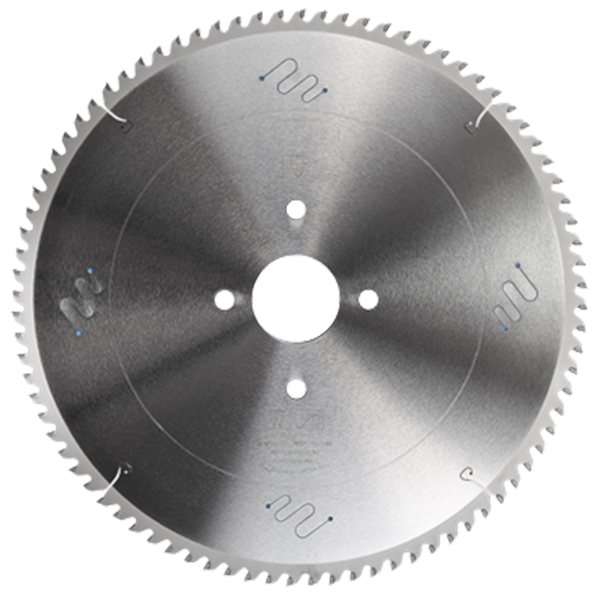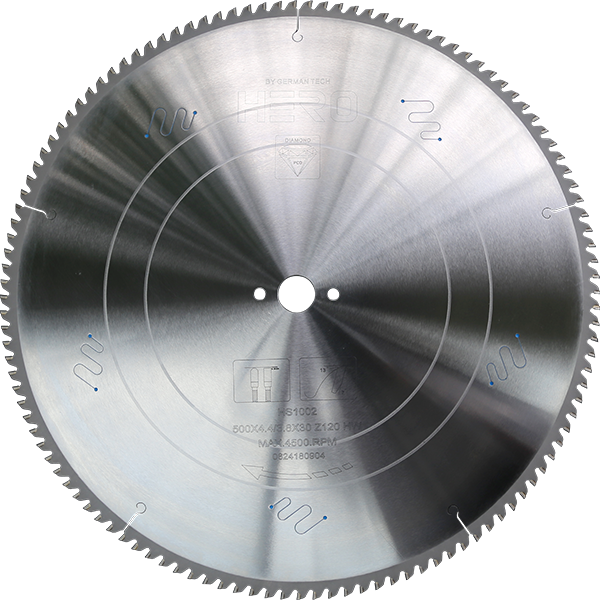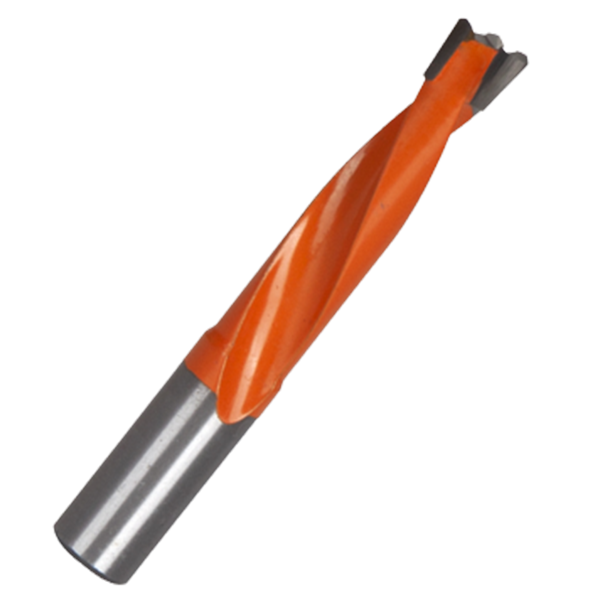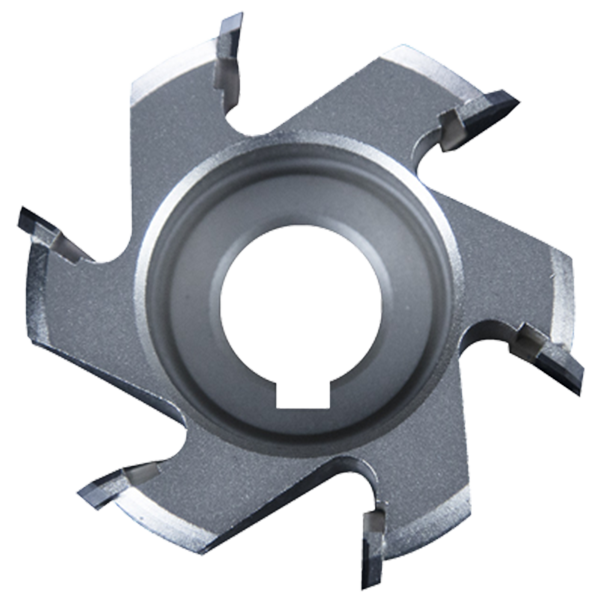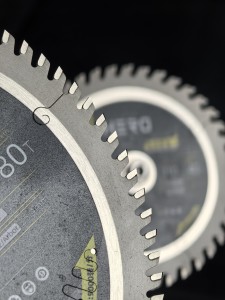What are the reasons and solution for abnormal Sound when saw blade cutting?
In woodworking and metalworking, saw blades are essential tools for precise cutting and shaping of materials. However, when these blades begin to make unusual noises during operation, it may indicate an underlying problem that requires immediate attention. This blog post will take a closer look at the common causes of these noises, their effects, and effective solutions to ensure optimal performance from your saw blades.
Saw blades are designed to cut through different materials, including wood, metal, and plastic. They come in many types, such as circular saw blades, band saw blades, and jigsaw blades, and each type is tailored for a specific task. The efficiency and effectiveness of these blades directly affects the quality of the finished product, so maintaining them correctly is crucial.
Analysis on the factors causing abnormal noise of circular saw blade
1. The saw teeth of the metal circular saw blade are not sharp or have gaps
One of the most common causes of unusual noises during operation is the use of a dull or damaged saw blade. When blades become dull, they require more force to cut material, causing increased friction and heat. This can cause grinding or squealing noises, indicating that the blade is struggling to perform its task.
Any saw blade has its use time. If the early maintenance operation is not stopped, it is easy to form irreparable faults. We must stop the necessary grinding in advance; During operation, regularly check whether the saw tooth is normal. If there is a gap, stop the machine and change the saw blade
2. Incorrect tool lifting position
Misalignment of the saw blade can also cause unusual sounds. If the blade is not properly aligned with the cutting surface, it can cause uneven wear, resulting in vibration and noise. This misalignment can be caused by improper installation or wear and tear on saw components.
The so-called knife position refers to the position where the circular saw blade touches the material to be cut off. Normally, the saw blade should rotate first and then touch the material to be cut off, which is more reasonable during sawing. But sometimes, due to some parameter setting problems, the saw blade touches the material to be cut off first and then rotates, which will cause a large abnormal noise, which is also a serious damage to the saw blade
3.The feed speed is too fast
The feed speed of conventional high-speed circular saw is 4-12mm/s. If it exceeds this range, it will accelerate the impact force of metal circular saw blade on the material to be cut (the faster the speed is, the stronger the impact force will be). In this case, the cutting sound is greater than that of conventional saws. Because this working mode is a kind of damage to the saw blade itself, the sound it makes is different; It should be noted that increasing the feed speed of the circular saw blade without authorization will damage the saw blade teeth, and in serious cases, tooth breakage or tooth splitting may occur
4. Insufficient lubrication
Saw blades, especially those used in high-speed applications, require proper lubrication to run smoothly. Insufficient lubrication can cause increased friction, resulting in squeaking or grinding noises. Regular maintenance and lubrication are essential to prevent these problems.
5. Major issues
The type of material being cut can also cause unusual noises. Harder materials may cause the blade to work more difficult, resulting in increased noise levels. Additionally, if the material contains foreign objects, such as nails or screws, it may cause the blade to make unexpected sounds.
6. Worn bearings or components
A saw’s internal components, such as bearings and bushings, wear out over time. Worn bearings can cause excessive blade clearance, causing vibration and noise during operation. Regular inspection and replacement of these parts is critical to maintaining a quiet and efficient cutting process.
The impact of abnormal noise
Ignoring unusual noises from your saw blade can lead to a variety of negative consequences, including:
1. Reduced cutting efficiency
When a saw blade makes abnormal noise, it usually indicates that the blade is not cutting efficiently. This can result in slower cutting speeds and increased production time, ultimately affecting overall productivity.
2. Increased wear and tear
Unusual noises often indicate a potential problem that could lead to increased wear on the saw blade and its components. This can lead to more frequent replacements and repairs, increasing operating costs.
3. Safety hazards
Operating the saw with unusual noises may pose a safety risk. Blade failure can result in accidents, injuries, or workpiece damage. Any noise issues must be addressed promptly to ensure a safe working environment.
Solution to solve the abnormal noise of saw blade
1. Regular maintenance and inspection
One of the most effective ways to prevent abnormal saw blade noise is regular maintenance and inspections. This includes checking parts for dullness, misalignment and wear. Having a routine maintenance schedule can help catch potential problems before they escalate.
2. Sharpen or replace the blade
If you find that the saw blade is dull or damaged, it must be sharpened or replaced. Sharpening can restore the blade’s cutting efficiency, and if the damage is beyond repair, the blade may need to be replaced. Always use a high-quality blade suitable for your specific application.
3. Ensure correct alignment
To prevent misalignment, make sure the blade is installed correctly and aligned with the cutting surface. Check alignment regularly and adjust as necessary. Many saws come with alignment guides to assist with this process.
4. Lubrication
Lubricate the saw blade and its components regularly to reduce friction and prevent abnormal noise. Use the appropriate lubricant recommended by the manufacturer and ensure all moving parts are adequately maintained.
5. Material inspection
Before cutting, check the material for any foreign matter that could damage the blade. Removing nails, screws, or other debris can help prevent unusual noises and extend the life of the saw blade.
6. Replace worn parts
If bearings or other components are found to be worn during inspection, replace them immediately. This will help maintain the stability of the saw blade and reduce vibration and noise during operation.
in conclusion
The abnormal noise produced by the saw blade during operation cannot be ignored. They can point out potential problems that, if not addressed, could lead to reduced efficiency, increased wear and tear, and safety hazards. By understanding the common causes of these noises and implementing effective solutions, you can ensure optimal performance from your saw blade.
Regular maintenance, proper alignment and timely replacement of worn parts are basic practices in any shop. By prioritizing the health of your saw blade, you not only improve its performance, but you also contribute to a safer, more productive work environment.
Ultimately, the key to a successful cutting operation is careful attention to the tools at hand. By addressing abnormal noises promptly and effectively, you can keep your saw blades in top condition, ensuring they continue to deliver the accuracy and efficiency your projects require.
Once you know what you are looking for and you have a saw blade teeth guide to aid you in your purchase, visit our online store to find the best saw blades. We have an extensive catalog and the best prices online. In addition to selling saw blades, we also have cutting equipment available to help you through the process.
HERO is a leading China saw blade manufacturer, if you want to know more about saw blade products, we are happy to hear from you.
Post time: Nov-07-2024








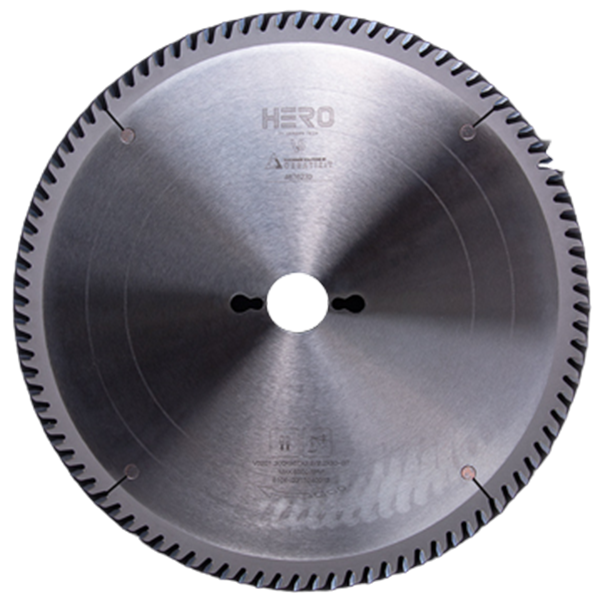 TCT Saw Blade
TCT Saw Blade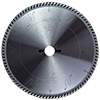 HERO Sizing Saw Blade
HERO Sizing Saw Blade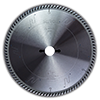 HERO Panel Sizing Saw
HERO Panel Sizing Saw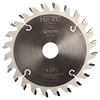 HERO Scoring Saw Blade
HERO Scoring Saw Blade HERO Solid Wood Saw Blade
HERO Solid Wood Saw Blade HERO Aluminum Saw
HERO Aluminum Saw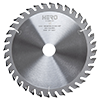 Grooving Saw
Grooving Saw Steel Profile Saw
Steel Profile Saw Edge Bander Saw
Edge Bander Saw Acrylic Saw
Acrylic Saw PCD Saw Blade
PCD Saw Blade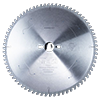 PCD Sizing Saw Blade
PCD Sizing Saw Blade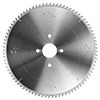 PCD Panel Sizing Saw
PCD Panel Sizing Saw PCD Scoring Saw Blade
PCD Scoring Saw Blade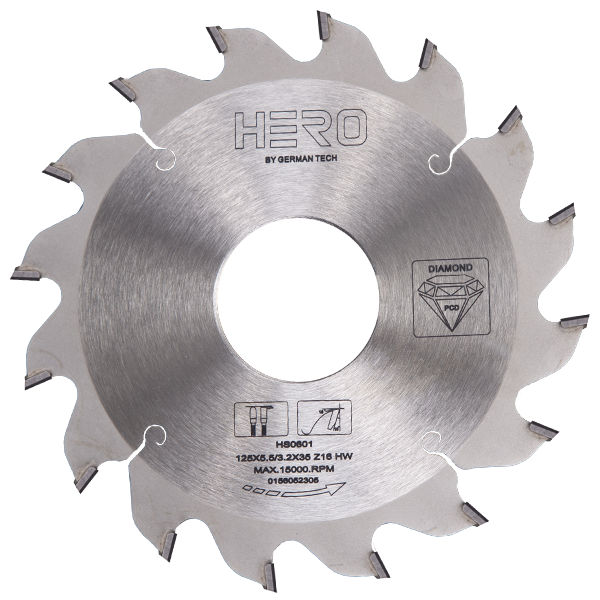 PCD Grooving Saw
PCD Grooving Saw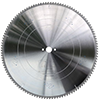 PCD Aluminum Saw
PCD Aluminum Saw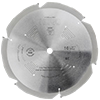 PCD Fiberboard Saw
PCD Fiberboard Saw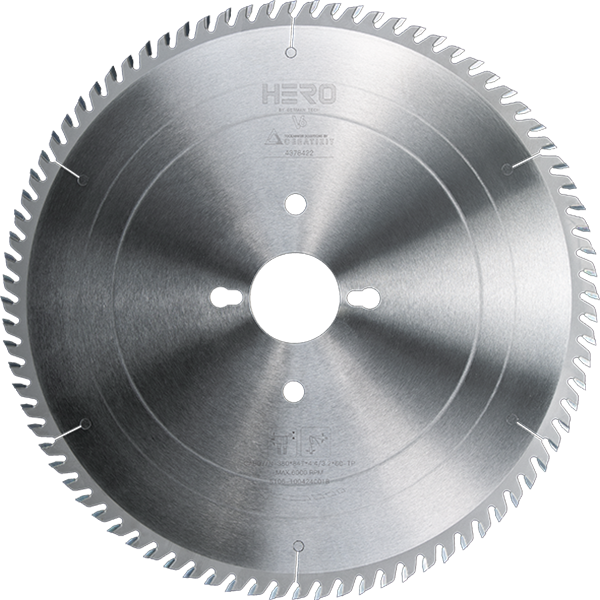 Cold Saw for Metal
Cold Saw for Metal Cold Saw Blade for Ferrous Metal
Cold Saw Blade for Ferrous Metal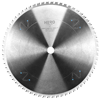 Dry Cut Saw Blade for Ferrous Metal
Dry Cut Saw Blade for Ferrous Metal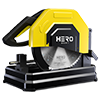 Cold Saw Machine
Cold Saw Machine Drill Bits
Drill Bits Dowel Drill Bits
Dowel Drill Bits Through Drill Bits
Through Drill Bits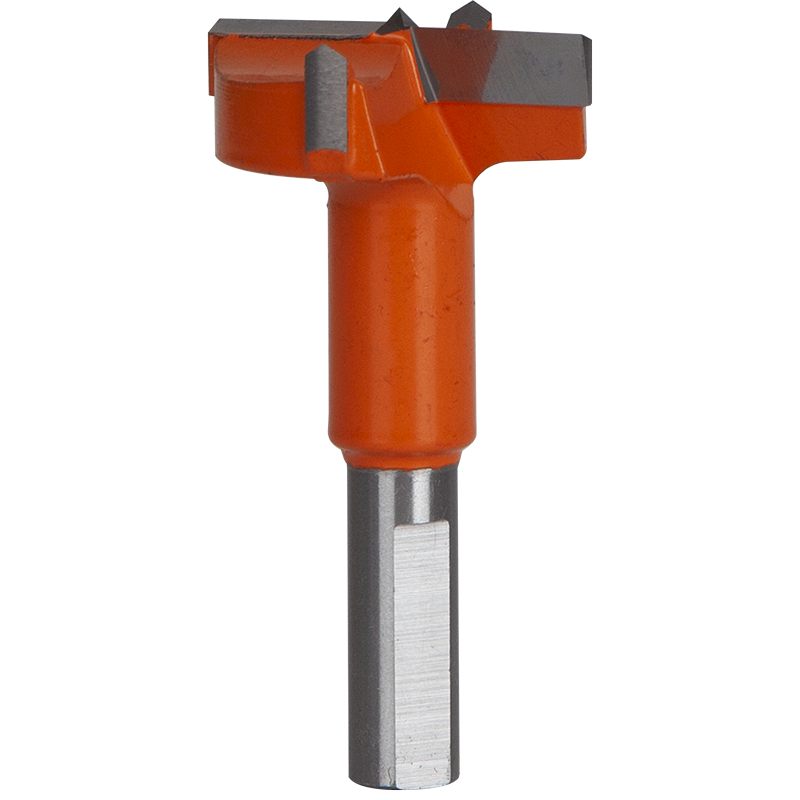 Hinge Drill Bits
Hinge Drill Bits TCT Step Drill Bits
TCT Step Drill Bits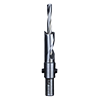 HSS Drill Bits/ Mortise Bits
HSS Drill Bits/ Mortise Bits Router Bits
Router Bits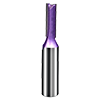 Straight Bits
Straight Bits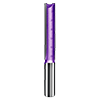 Longer Straight Bits
Longer Straight Bits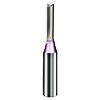 TCT Straight Bits
TCT Straight Bits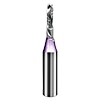 M16 Straight Bits
M16 Straight Bits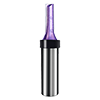 TCT X Straight Bits
TCT X Straight Bits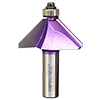 45 Degree Chamfer Bit
45 Degree Chamfer Bit Carving Bit
Carving Bit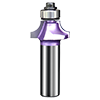 Corner Round Bit
Corner Round Bit PCD Router Bits
PCD Router Bits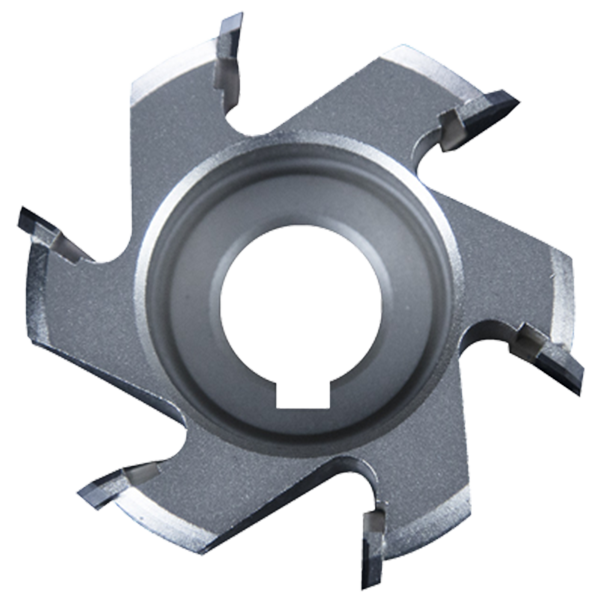 Edge Banding Tools
Edge Banding Tools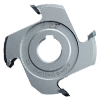 TCT Fine Trimming Cutter
TCT Fine Trimming Cutter TCT Pre Milling Cutter
TCT Pre Milling Cutter Edge Bander Saw
Edge Bander Saw PCD Fine Trimming Cutter
PCD Fine Trimming Cutter PCD Pre Milling Cutter
PCD Pre Milling Cutter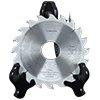 PCD Edge Bander Saw
PCD Edge Bander Saw Other Tools & Accessories
Other Tools & Accessories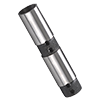 Drill Adapters
Drill Adapters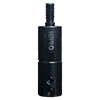 Drill Chucks
Drill Chucks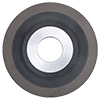 Diamond Sand Wheel
Diamond Sand Wheel Planer Knives
Planer Knives
